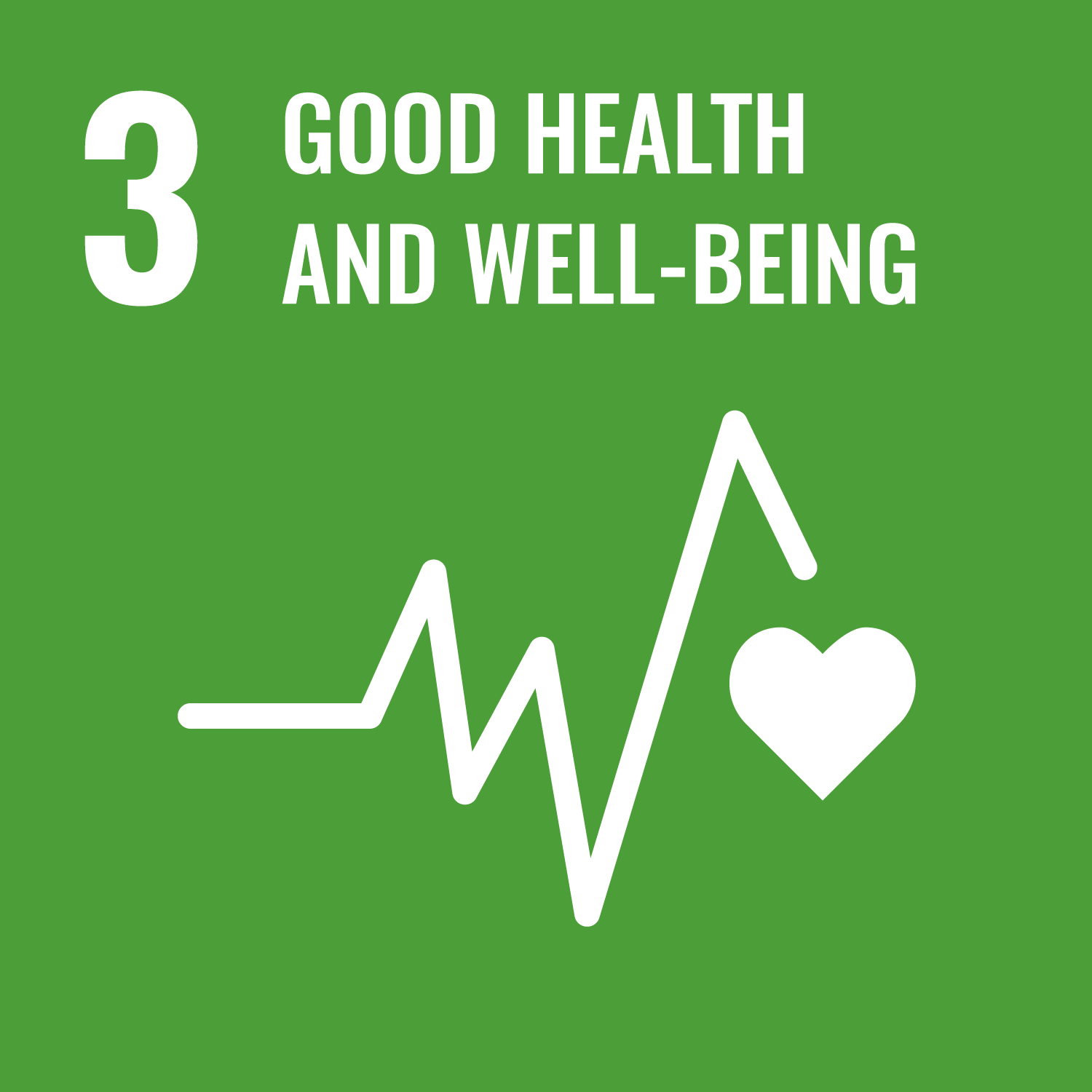The neonatal mortality rate in the Region declined substantially from 13.0 deaths per 1000 live births in 2000 to 7.27 deaths per 1000 live births in 2021 (Figure A.3). If that trend continues, the 2025 target will likely be reached. Despite the downward trend, this decline must accelerate in the coming years to meet established commitments and goals for 2025, particularly in the wake of the COVID-19 pandemic. The impact of the pandemic has not yet been reflected in the trends above.
The indicator provides information on the risk of mortality on days 0–27, which is related to different social determinants, coverage, and quality of health care. Preventable diseases and health conditions during the preconception, prenatal, and postnatal periods are major contributors to neonatal mortality—which emphasizes the importance of access to quality care. Social inequalities act as key contributors to neonatal mortality, highlighting the need to address disparities across various socioeconomic groups. Whereas the SHAA2030 target of reducing neonatal mortality to less than nine deaths per 1000 live births has already been surpassed at the regional level, variations exist between countries and among different population groups.
Recommendations
• Augment access to quality healthcare during preconception, prenatal, and postnatal periods of development.
• Prioritize health system interventions addressing prematurity, neonatal sepsis, asphyxia, and congenital defects. • Triangulate data from multiple sources to allow for health equity analysis using critical social stratifiers, such as wealth, education, gender, urban-rural divides, and other social determinants of health.
• Bolster health information system infrastructure that supports social and health data disaggregation and subnational health system analysis in order to prevent inequitable variations in healthcare quality.

